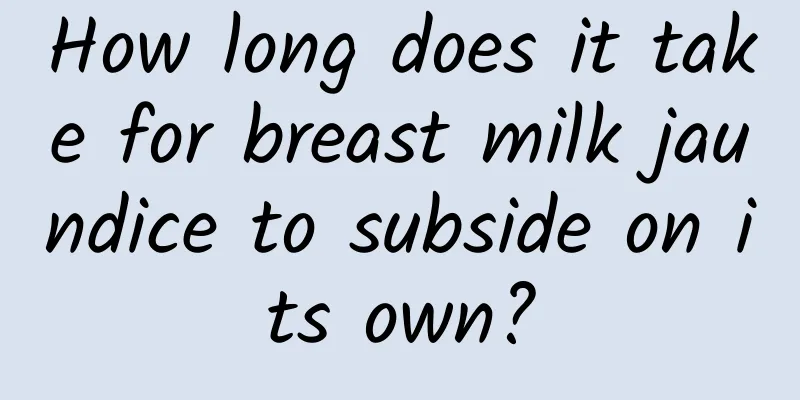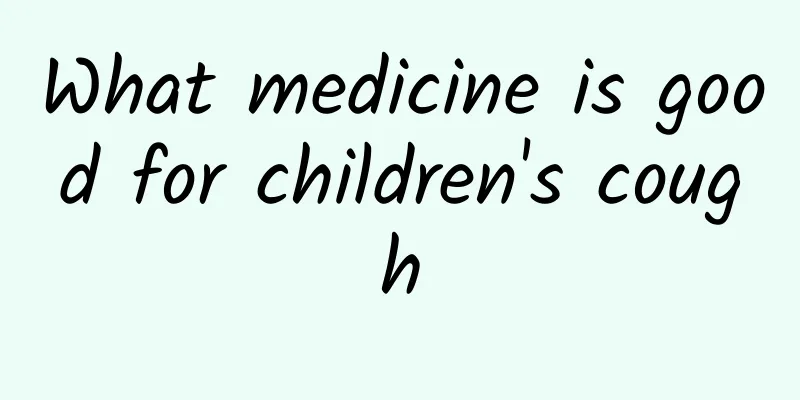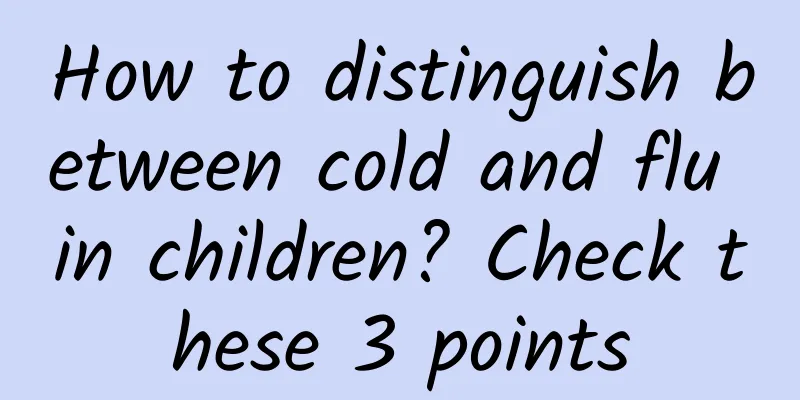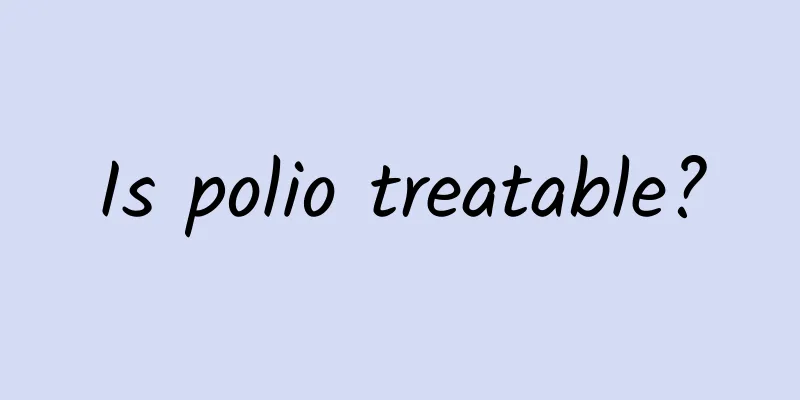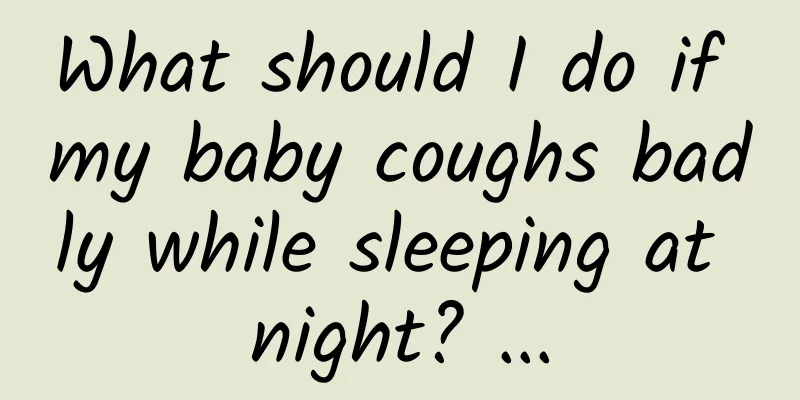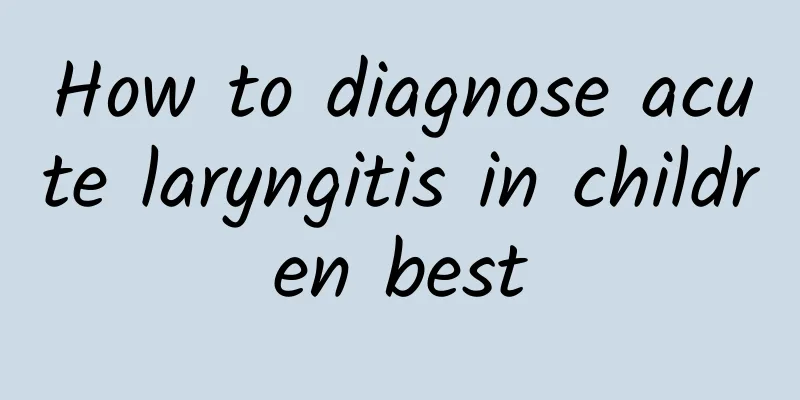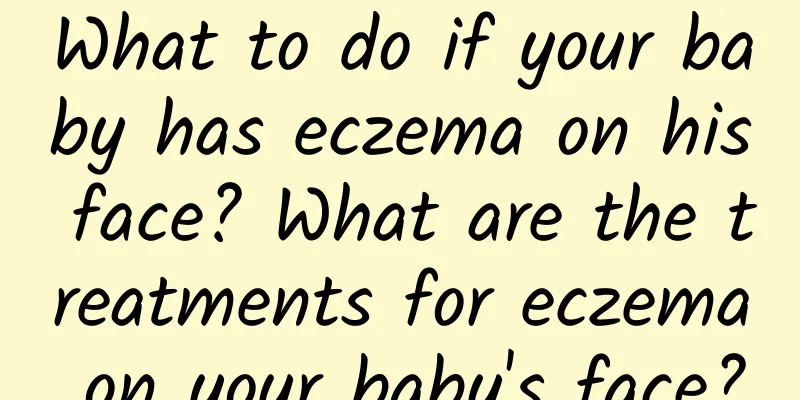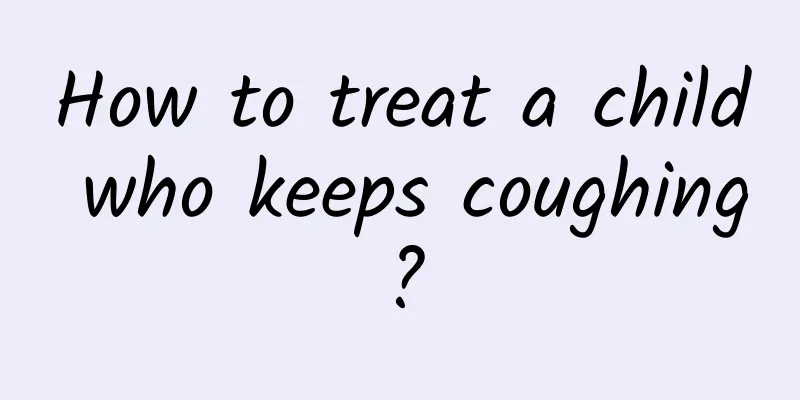Is convulsion in children epilepsy? Common causes of convulsion in children
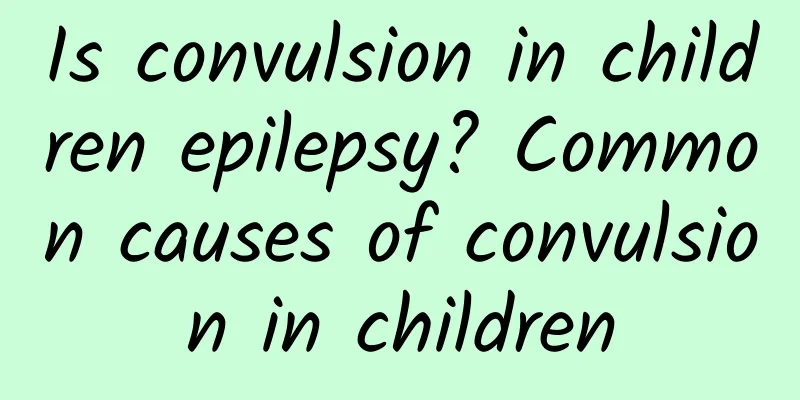
|
The symptoms of convulsions in children are very similar to those of epilepsy, but convulsions are not epilepsy. However, if convulsions are not controlled, they can develop into epilepsy in the later stages. Therefore, when a child has a convulsion, it is important to actively handle it and take emergency measures. Many children will suddenly have convulsions when they have a high fever, with symptoms such as clenched jaws, foaming at the mouth, muscle twitching, and in severe cases, opisthotonos and incontinence. The above symptoms are very similar to those of epileptic seizures in children, so many people think that pediatric convulsions are pediatric epilepsy. So, are pediatric convulsions epilepsy? 1. Is convulsion in children epilepsy? Pediatric convulsions are not epilepsy, but convulsions can progress to epilepsy. There are many types of pediatric convulsions, the most common of which are febrile convulsions and non-febrile convulsions. Febrile convulsions are induced by high fever, while non-febrile convulsions may be caused by ischemia and hypoxia in the child's brain, or by brain tumors or brain trauma. If pediatric convulsions are well controlled, the possibility of developing into epilepsy in the later stage is small, but if they are not well controlled, they may progress to epilepsy later, making treatment much more difficult. 2. Common causes of convulsions in children 1. High fever convulsions This situation often occurs in children aged 6 months to 3 years old, and is relatively rare after the age of 6. Children with this condition are generally in good physical condition. Convulsions mostly occur at the beginning of the disease when the body temperature rises suddenly. The number of seizures is small and the duration is short. The consciousness can be recovered quickly, and the prognosis is also good. 2. Convulsions caused by central nervous system infection It is common in encephalitis, meningitis, etc. 3. Toxic encephalopathy It is common in typhoid fever, sepsis, bacillary dysentery, pneumonia, etc. 4. Non-infectious central nervous system diseases Such as brain dysplasia, intracranial hemorrhage, brain tumors, etc. In addition, brain parasitic diseases, alkalosis, hypocalcemia, etc. can also cause convulsions. 3. What to do if a child has a seizure When a child has a convulsion, the child should be placed in a side-lying position so that the secretions in the mouth can flow out smoothly from the corners of the mouth. If the child is eating or has something in his mouth during the convulsion, the contents of the mouth should be cleaned in time. If the child has a fever, physical cooling methods should be used in time to reduce the fever. Antipyretics can also be given in time, or anal plugs can be used to reduce the fever. In order to prevent the child from getting hurt, chopsticks or toothbrush handles can be wrapped with gauze and placed between the child's upper and lower molars to prevent the child from biting his tongue. |
<<: What causes childhood convulsions? How to treat childhood convulsions?
>>: What is the reason for the baby's sweating? How to treat the baby's sweating
Recommend
What can children eat when they have mumps
Children with mumps can relieve symptoms through ...
How to treat breast milk diarrhea in children
How to treat breast milk diarrhea in children? Th...
How to avoid pneumonia in children
For newborns, the biggest threat is how to overco...
What are the methods of TCM in treating polio?
If many people are sick, we must take it seriousl...
How to treat a baby with a runny nose, cough and phlegm? How to care for a baby with a runny nose, cough and phlegm?
If your baby has symptoms such as runny nose or c...
Methods of early prevention of polio
Polio is an acute infectious disease caused by th...
Drugs for treating diarrhea in children
Pediatric diarrhea is a syndrome caused by multip...
What is the cause of mumps in children
Mumps in children is mainly caused by viral infec...
How to care for children with pneumonia How to determine whether a child has pneumonia
Babies may suffer from respiratory diseases, mild...
Can Kaihoujian be used for nighttime emergency treatment of acute laryngitis in children?
It is not recommended to use a throat sword for n...
How to prevent diarrhea in children
Diarrhea is a common gastrointestinal disease in ...
Are there any sequelae of polio?
Polio is a complex disease, an acute infectious d...
What medicine is used to treat jaundice?
What medicine is used to treat jaundice? Jaundice...
What is the cause of Hirschsprung's disease in children?
Hirschsprung's disease in children is mainly ...
How to prevent acute laryngitis in children
How to prevent acute laryngitis in children? When...

